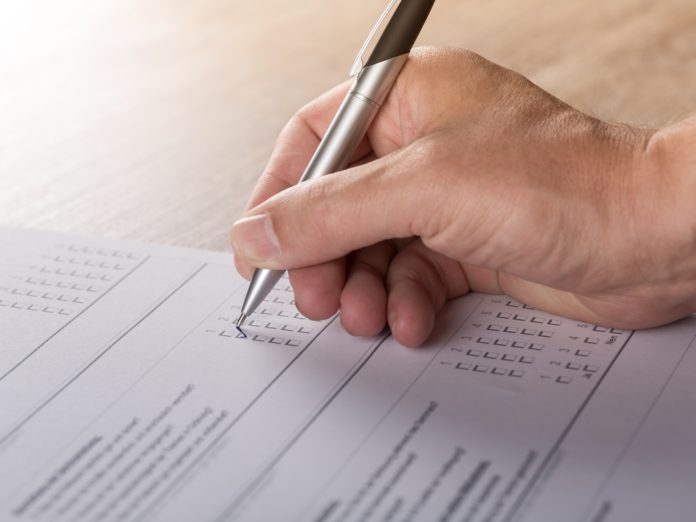Funds sent to Minnesotan schools to help students who fall behind for their age reached $551 million in 2018, but the impact of said funds has not been properly tracked or assessed.
As the laws currently stands, schools have to report how special funding, called compensatory education revenue, is being spent and if students are getting better grades as a result of the millions. However, it is unclear who the schools are supposed to report this information to.
The Office of the Legislative Auditor highlighted this issue in a recent report that shows that the Minnesota Department of Education (MDE) is supposed to receive and assess data about the spending’s impact— yet they have received 0 reports from schools.
The Auditor’s office also says that even if data was reported, using it to prove that the half a billion spent over the last two years has had any positive effect.
“One problem with estimating impacts of the revenue is that school districts’ indicators of academic success, such as test results, do not isolate the impacts of compensatory education revenue itself,” the office says. It also notes that making any judgement about improvements in relation to spending is “unrealistic.”
However, the report is not all doom and gloom. The Auditor outlined some steps that could be taken to ensure that tax dollars are actually helping Minnesotan students. One such step would be to assure that money is being spent on “best practices.”
Best practices are measures which have been empirically proven to increase student outcomes. Some examples include “tutoring, extended-day or extended-year programs, full-day kindergarten, and English learner programs,” according to the office.
The office also recommended that the MDE look into other practices that can be proven to increase student performance.


















